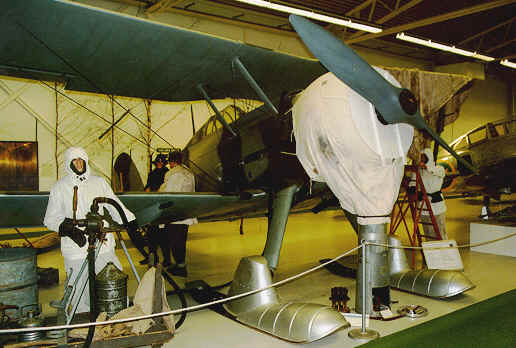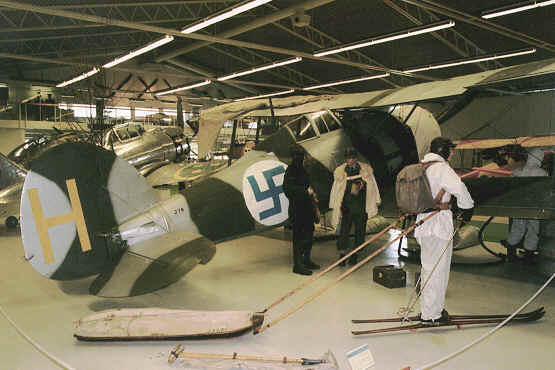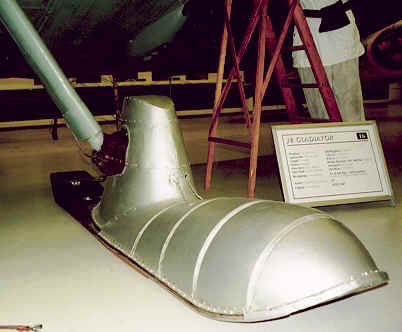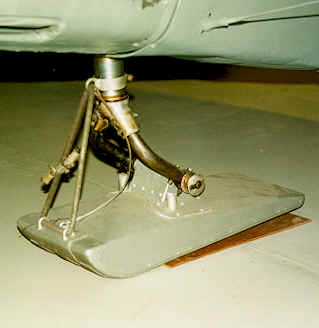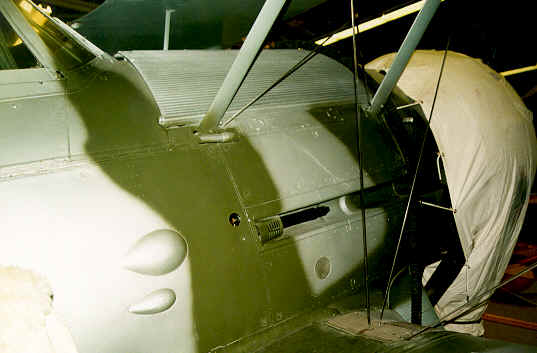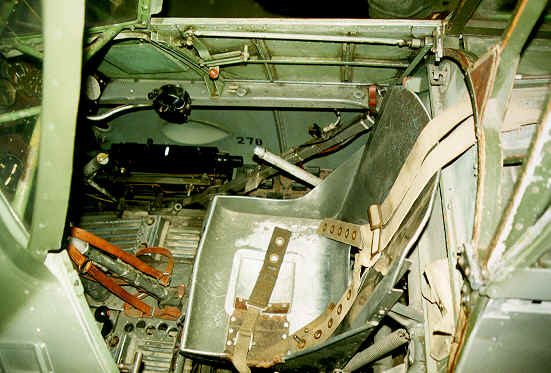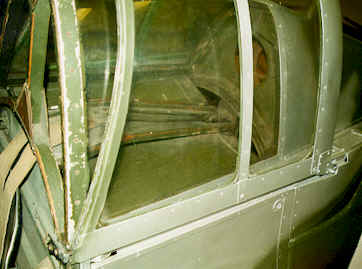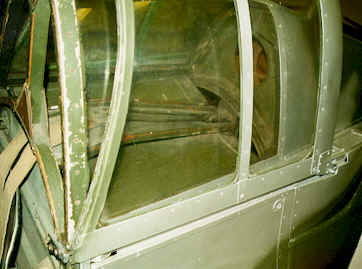Photos by Magnus Fridsell
Text by Martin Waligorski
Britain’s last Biplane Fighter
The Gloster Gladiator was the RAF’s last biplane fighter. Gloster designed the prototype as a private venture S.S.37 , a successor to the Gauntlet then in RAF service.
In July 1935 the Gladiator was ordered for the RAF to Spec. 14/35, the initial contracts being for 23 fighters. A further 186 were ordered in September 1935 and production continued until 1940.
By the outbreak of war, only a few first-line RAF squadron were still flying the type. Nevertheless, no. 607 and 615 Squadrons were sent to fight in France, with poor results. By the time of Battle of Britain, only 247 Squadron at Roborough still used Gladiators for the defence of Plymouth dockyards. By the end of 1940, Gladiators were out of front-line service with the Fighter Command.
Overseas was a different story. For many years of the hostilities, Gladiators were still the best fighter type available to RAF in the Mediterranean theatre, and also at sea as carrier-borne fighter.
The Gladiator was also one of Britains biggest export successes before the war, seeing service in many other countries.
Gladiators in Sweden
In 1936 Swedish Ministry of Defence decided to augment the air force with one new fighter and four new bomber wings. The fighter wing, F8 at Barkaby, was assigned for the defence of the Stockholm area. Swedish AF found the Gloster Gladiator best suited for the role. Enough planes were purchased from Gloster to equip two squadrons in the wing. The third should get license-manufactured planes.
The type received the Swedish designation J8 (J stands for Jaktplan, i.e. fighter). The first J8s were powered by Bristol Mercury VI engine with 645 hp, but the successive version (J8A) were upgraded with Mercury VIII with 840 hp.
Swedish pilots received their Gladiators with mixed feelings. The planes where factory-new but already obsolete. The biplane configuration meant good manoeuvrability but the top speed was not good enough compared with German fighters of the day. Consequently, Gladiator were soon relegated to training duties.
The J8 depict here is has been preserved in the Swedish Airforce Museum. The aircraft carries Finnish national markings – in memory of the voluntary Swedish Airforce Unit, F19, in the Winter War between Finland and the Soviet Union in 1939-1940.
Gloster Gladiator in detail
J8 Gladiator is displayed at the permanent exhibition of the Swedish Air Force museum in Linköping. The aircraft is part of a diorama showing a field maintenance in the harsh condition of Finnish winter of 1939/1940.
Notable features of the scene are the aircraft’s skis and the engine heater between the undercarriage legs. Photo: Magnus Fridsell
A view from the back reveals the aircraft’s dark green-and-silver camouflage, typical of F.19 and the Winter War. Photo: Magnus Fridsell
Ski undercarriage was a feature widely used in on Gladiators serving in Scandinavia. The main legs featured a streamlined skis of Gloster design. Even the tail wheel (below) was replaced by a short ski.
This view of the starboard fuselage side reveals a machine gun arrangement and a prominent cooler mounted on top of the fuselage. Photo: Magnus Fridsell
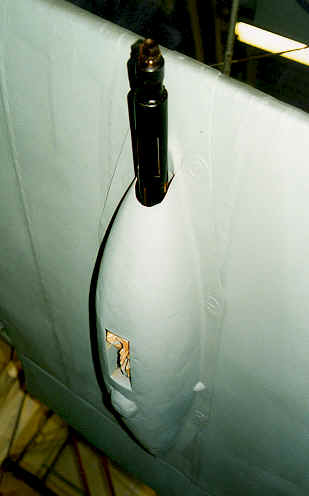 Two of the fighter’s four guns are mounted beneath the lower wing in streamlined nacelles.
Two of the fighter’s four guns are mounted beneath the lower wing in streamlined nacelles.
Photo: Magnus Fridsell
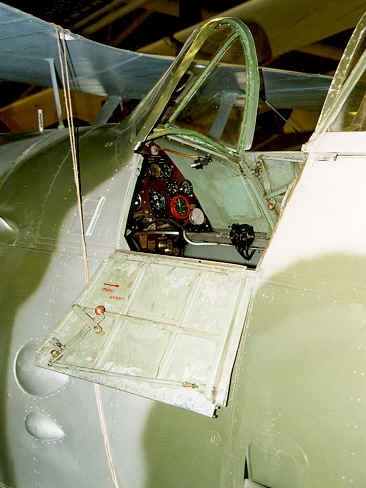 The cockpit looks inviting… Of note is the opened access hatch.
The cockpit looks inviting… Of note is the opened access hatch.
Photo: Magnus Fridsell
Entering the cockpit, here’s a pilot seat… Photo: Magnus Fridsell
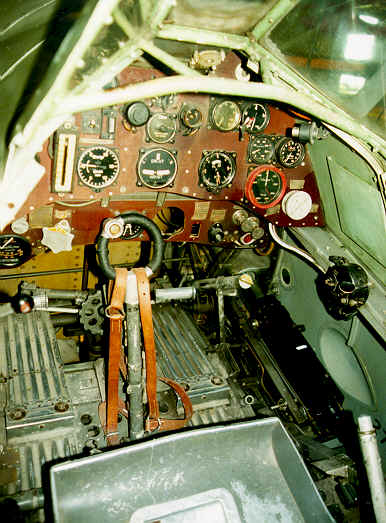 …and ”The Office”, as it would appear to the pilot himself. The cockpit of this particular aircraft is believed to be in original condition, minus some instruments.
…and ”The Office”, as it would appear to the pilot himself. The cockpit of this particular aircraft is believed to be in original condition, minus some instruments.
Photo: Magnus Fridsell
Windscreen and, for those of you actually detailing their models :-), a glimpse of the area behind the pilot’s seat.
Photo: Magnus Fridsell
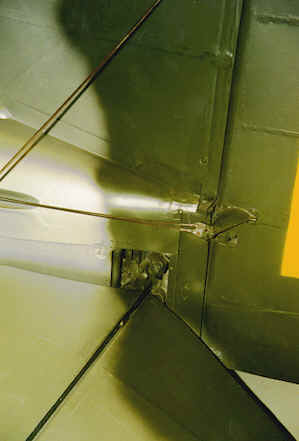 We conclude our walkaround by this view of the area so typical of all fabric aircraft of the era: exposed actuating mechanisms for rudder and elevator.
We conclude our walkaround by this view of the area so typical of all fabric aircraft of the era: exposed actuating mechanisms for rudder and elevator.
Photo: Magnus Fridsell
This article was originally published in IPMS Stockholm Magazine in May 1999.
